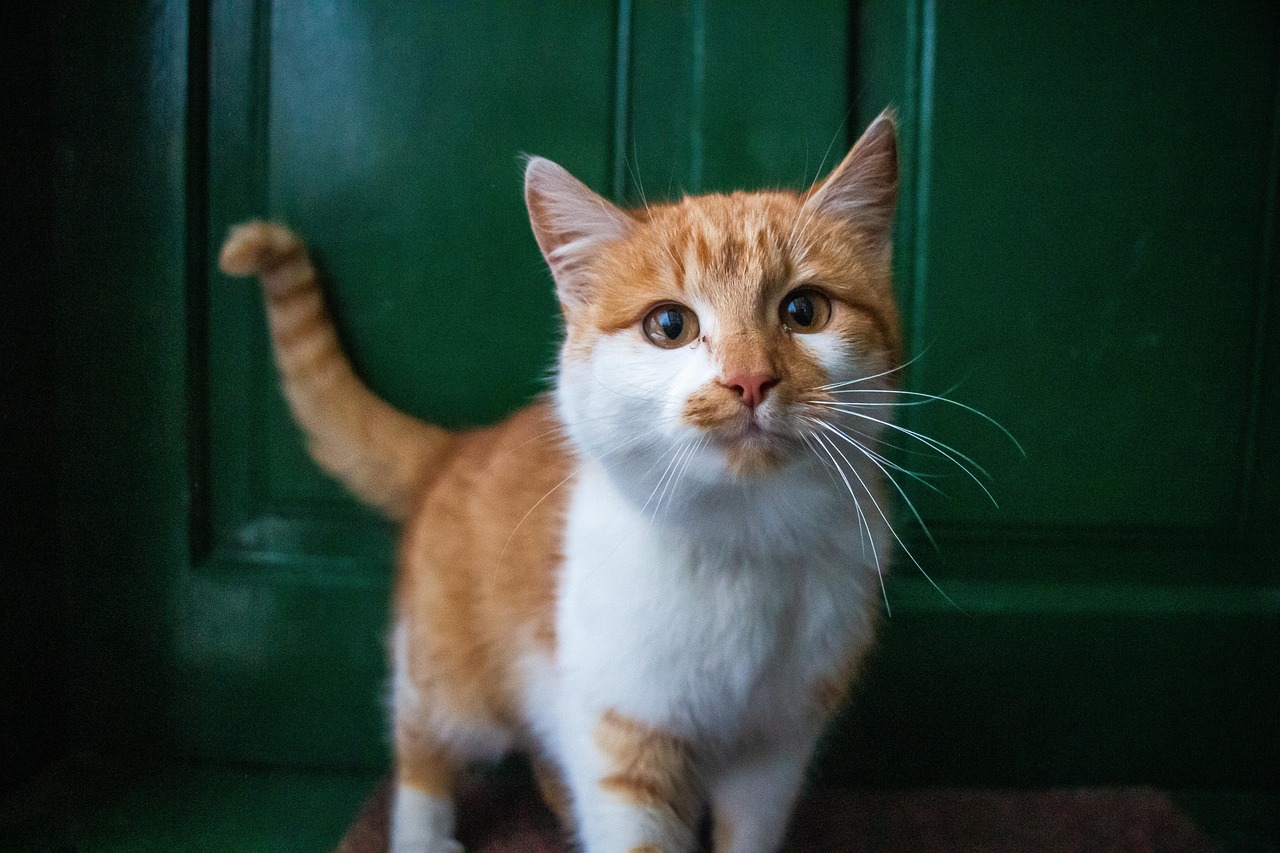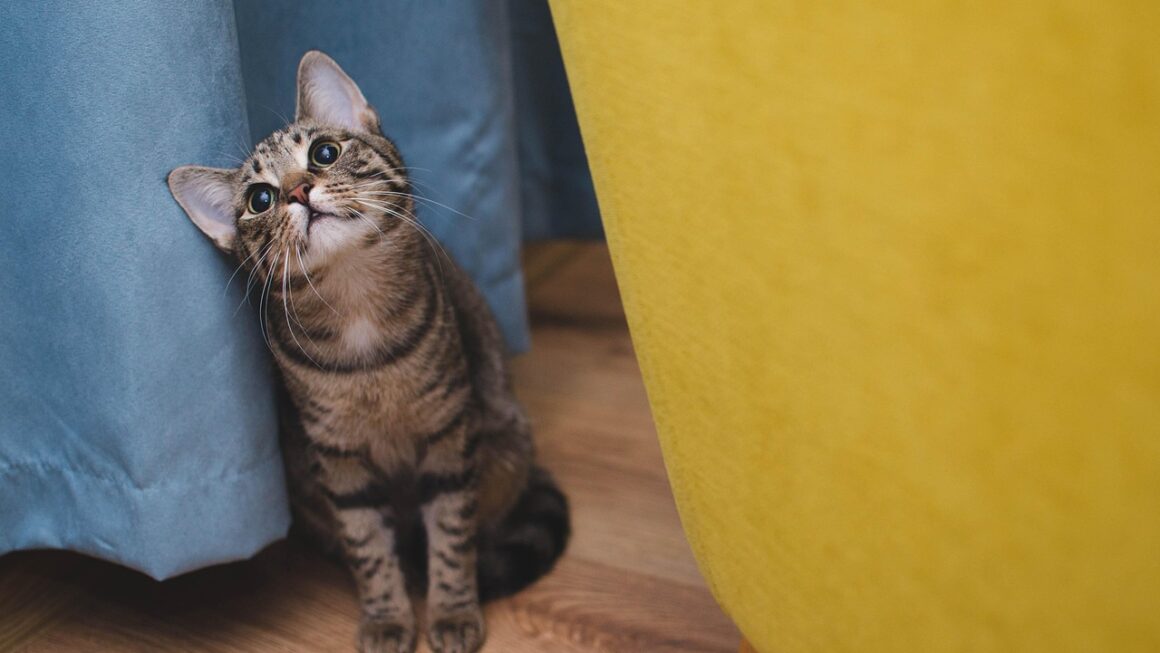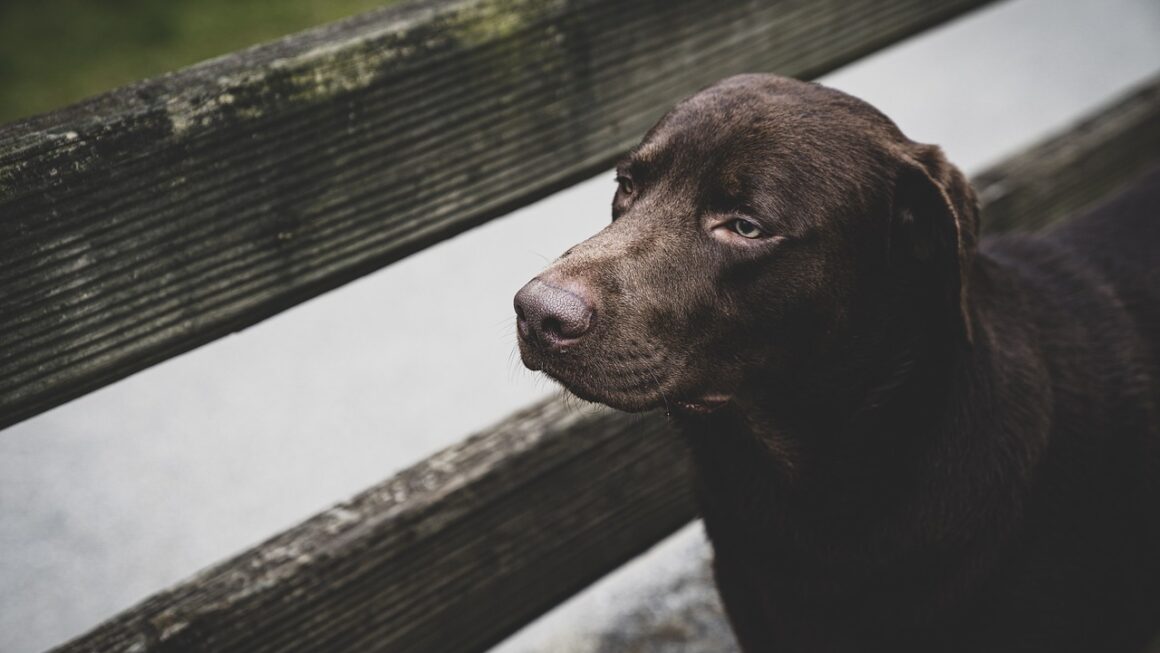Grain-free diets have exploded in popularity, not just for humans but also for our beloved pets. But what exactly is grain-free food, and why are so many pet owners making the switch? This comprehensive guide dives deep into the world of grain-free eating, exploring its benefits, drawbacks, and everything you need to know to make an informed decision for your furry friend. Let’s uncover the truth behind this dietary trend and see if it’s the right choice for your pet’s health and well-being.
What is Grain-Free Food?
Defining Grain-Free
Grain-free food, as the name suggests, is formulated without common cereal grains like wheat, corn, soy, rice, barley, and oats. Instead, it typically relies on alternative carbohydrate sources such as:
- Sweet potatoes
- Peas
- Lentils
- Tapioca
- Potatoes
It’s crucial to understand that grain-free doesn’t necessarily mean carbohydrate-free. These alternative ingredients still provide carbohydrates, which are an essential source of energy. The key difference lies in the type of carbohydrate and how it’s processed by the body.
Understanding the “Grain-Free” Label
When you see “grain-free” on a pet food label, it indicates the absence of those common cereal grains. However, always scrutinize the ingredient list. Some manufacturers might substitute grains with ingredients that may not be nutritionally superior or could even trigger sensitivities in some pets. For example, large quantities of peas or lentils, while technically grain-free, might not be ideal for all pets.
- Actionable Takeaway: Always read the entire ingredient list, not just the front label. Look for high-quality protein sources and a balance of nutrients.
Benefits of Grain-Free Food for Pets
Addressing Allergies and Sensitivities
One of the primary reasons pet owners switch to grain-free diets is to address suspected allergies or sensitivities. While true grain allergies are relatively rare in pets, some animals may experience digestive upset or skin issues due to sensitivities to certain grains.
- Example: A dog with persistent skin itching and digestive problems might benefit from a trial period on a grain-free diet to see if symptoms improve.
Improved Digestion
Some pet owners report that their pets experience improved digestion and stool quality on grain-free diets. This can be due to the alternative carbohydrate sources being easier to digest for some animals.
- Example: A cat that frequently vomits or has loose stools might find relief on a grain-free diet that uses easily digestible ingredients like sweet potato and tapioca.
Potential for Better Nutrient Absorption
In some cases, grain-free diets may promote better nutrient absorption. This is particularly true if the alternative carbohydrate sources are more bioavailable, meaning the pet’s body can utilize the nutrients more efficiently.
- Note: This benefit varies depending on the specific ingredients used in the grain-free food. Not all grain-free formulas are created equal.
Potential Drawbacks and Considerations
Not Necessarily Lower in Carbohydrates
It’s a common misconception that grain-free food is automatically lower in carbohydrates. In reality, many grain-free formulas contain similar or even higher carbohydrate levels than their grain-inclusive counterparts. This is because manufacturers replace grains with other carbohydrate-rich ingredients.
- Important: If you’re choosing grain-free food for weight management, carefully compare the carbohydrate content to your current food.
The FDA Investigation: Dilated Cardiomyopathy (DCM)
The Food and Drug Administration (FDA) investigated a potential link between grain-free diets, particularly those high in peas, lentils, and other legumes, and dilated cardiomyopathy (DCM), a heart condition, in dogs. While the investigation is ongoing, it’s important to be aware of this potential risk.
- Recommendation: Consult with your veterinarian about the risks and benefits of grain-free diets, especially if your dog is prone to heart conditions. Consider taurine supplementation, as some cases of DCM were linked to taurine deficiency.
Cost and Accessibility
Grain-free pet food tends to be more expensive than grain-inclusive options. It may also be less readily available in some areas.
- Tip: Compare prices from different retailers and consider buying in bulk to save money.
Choosing the Right Grain-Free Food
Ingredient Quality is Key
Focus on the overall quality of the ingredients, not just the absence of grains. Look for:
- High-quality protein sources (e.g., chicken, fish, beef)
- Named meat meals (e.g., chicken meal, fish meal)
- Healthy fats (e.g., fish oil, flaxseed oil)
- Essential vitamins and minerals
Consider Life Stage and Health Needs
Choose a grain-free food that is specifically formulated for your pet’s life stage (puppy, adult, senior) and any specific health conditions they may have (e.g., kidney disease, diabetes).
- Example: A senior dog with joint issues might benefit from a grain-free food with added glucosamine and chondroitin.
Consult with Your Veterinarian
The best way to determine if a grain-free diet is right for your pet is to consult with your veterinarian. They can assess your pet’s individual needs and recommend a suitable diet based on their health status and lifestyle.
- Actionable Takeaway: Schedule a consultation with your veterinarian before making any significant changes to your pet’s diet.
Transitioning to Grain-Free Food
Gradual Introduction
When switching to a grain-free diet, it’s essential to do so gradually to avoid digestive upset. Mix small amounts of the new food with your pet’s old food, gradually increasing the proportion of the new food over a period of 7-10 days.
- Day 1-3: 25% new food, 75% old food
- Day 4-6: 50% new food, 50% old food
- Day 7-9: 75% new food, 25% old food
- Day 10: 100% new food
Monitor Your Pet’s Response
Pay close attention to your pet’s stool quality, appetite, and overall energy levels during the transition. If you notice any signs of digestive upset, such as diarrhea or vomiting, slow down the transition or consult with your veterinarian.
- Warning Sign: If your pet experiences severe digestive upset, stop the transition and consult with your veterinarian immediately.
Conclusion
Grain-free food can be a beneficial option for some pets, particularly those with sensitivities or allergies. However, it’s crucial to understand the potential drawbacks and to choose a high-quality formula that meets your pet’s specific needs. Always consult with your veterinarian to make informed decisions about your pet’s diet and ensure their health and well-being. Remember that “grain-free” doesn’t automatically equate to “healthier”; focus on the overall ingredient quality and nutritional balance of the food.




